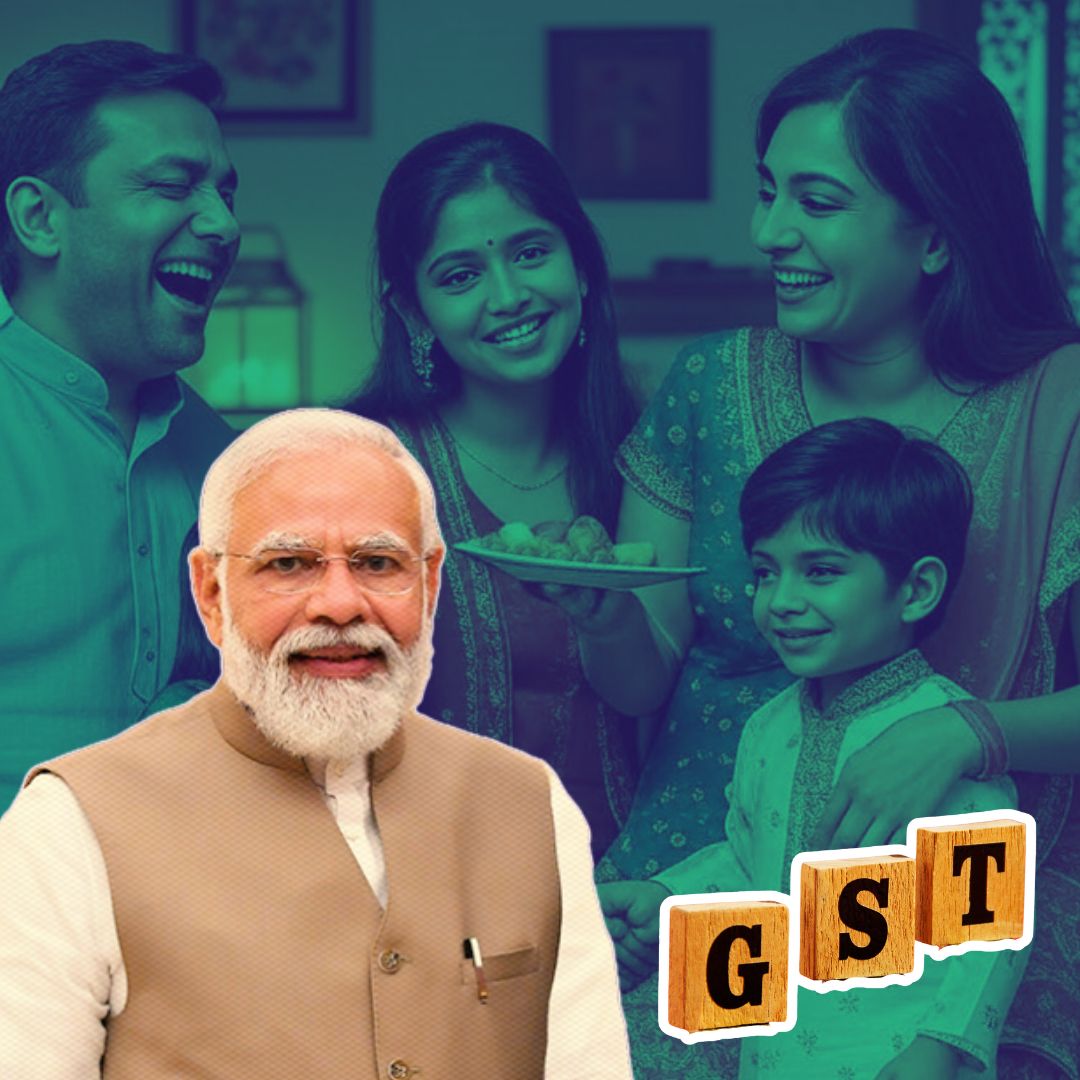Prime Minister Narendra Modi, in his Independence Day speech on August 15, 2025, announced a transformative revamp of India’s Goods and Services Tax (GST) system, set for implementation by Diwali. The sweeping reforms will see the majority of everyday goods move to the lowest tax slabs-99% of items currently taxed at 12% will shift to 5%, and most products in the 28% bracket will move to 18%.
The initiative is designed to lighten the tax load on households, support small businesses and MSMEs, and revive consumer demand. Finance Ministry officials, industry bodies, and some opposition leaders have all commented, making this a reform watched closely by the nation.
A Diwali Gift: Major Relief for the Common Man
Prime Minister Modi cast the reforms as a landmark step for India’s masses, saying, “This Diwali, India’s common man will reap the benefits of Next Generation GST reforms. Lower taxes on daily essentials mean more money in the hands of our people.” According to government sources, essential and daily-use goods-such as soaps, detergents, edible oils, and certain medicines-will now attract only 5% GST, down from 12%. Luxury and “sin” items, comprising only about seven category-defining products, will see a higher slab of 40%.
Industry welcomed the announcement, with the Confederation of Indian Industry (CII) stating, “This is a positive development for both businesses and consumers and will provide a much-needed fillip to demand amid persistent inflation.”
On the consumer front, shopping for groceries, medicines, and personal care products is expected to immediately cost less. MSMEs, often struggling with high compliance and tax rates, are expected to benefit from simplified procedures with pre-filled GST returns and streamlined refund mechanisms soon to be rolled out.
Rationale and Roadmap: Building a Simple, Just System
The GST overhaul comes after years of criticism over India’s complex, multi-slab tax regime. Over the last eight years, public and industry voices called for a more intuitive system that doesn’t burden the everyday consumer or small business. The government’s revised plan is built on three main pillars: structural overhauls to fix inverted duty structures that penalised local manufacturing; rationalisation of tax slabs into a dual structure (5% and 18%) for transparency; and concrete steps for “ease of living” through reforms like simpler registration and swifter refunds.
The new GST proposal has been forwarded to a special Group of Ministers and is undergoing multiple rounds of state-level and inter-ministerial consultations before GST Council approval. While the reforms have generated optimism in the business community, opposition politicians and independent economic voices have urged careful monitoring to ensure the reduced rates result in genuine price drops for consumers, and that tax revenue shortfalls do not endanger state finances. The Centre has expressed confidence that increased demand will partly offset any initial revenue dip during the transition.
The Logical Indian’s Perspective
This long-awaited GST simplification promises welcome relief for millions and solidifies India’s intent to make economic growth more inclusive. The move towards fewer slabs can bring much-needed clarity and fairness to the system, benefiting those most vulnerable to inflation and economic shocks.
However, true success will depend on effective implementation-ensuring savings reach the consumer, that states and businesses cooperate, and that transparency and accountability are rigorously maintained.
We believe real reform lies not just in announcements, but in delivering practical, measurable change at the grassroots level. As the country looks towards a brighter festive season with optimism, we encourage policymakers, civic groups, and the public to work together so these changes touch every home and every life.









